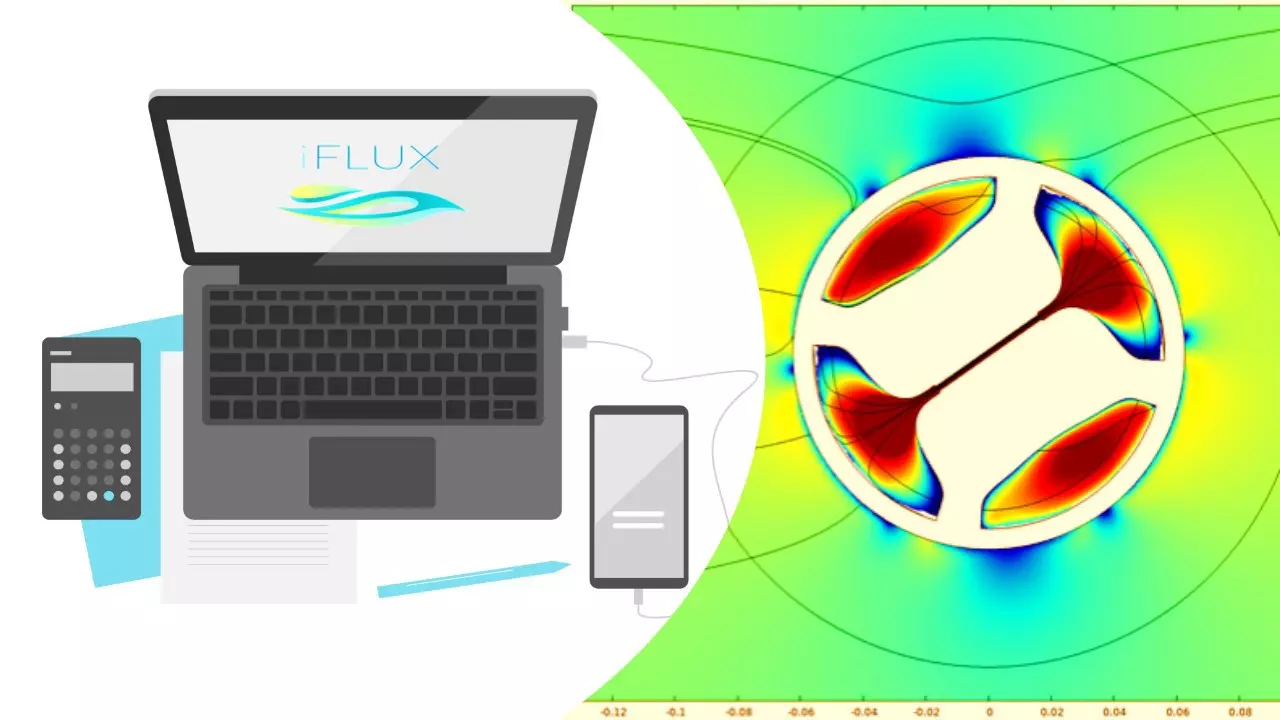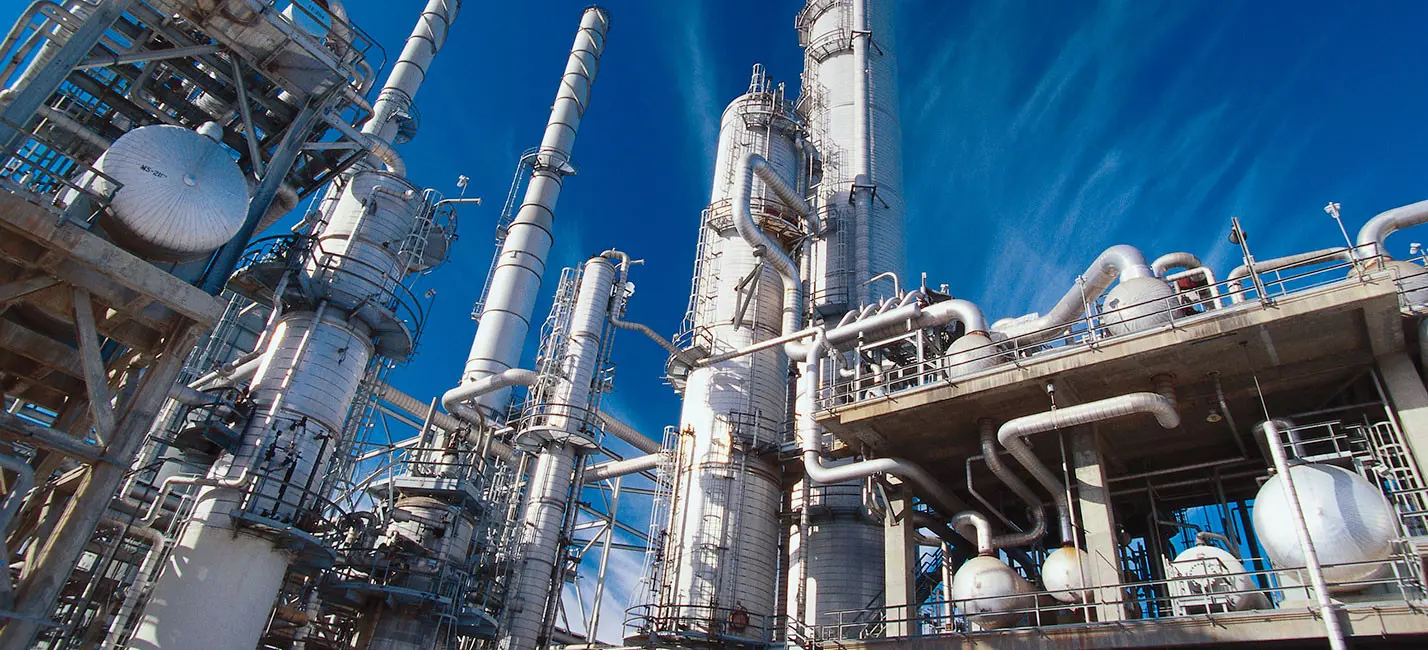The virtual laboratory of iFLUX for measuring groundwater dynamics
Posted on Wednesday 10 March 2021 Real-time groundwater flux sensing depends on in-depth knowledge of many different conditions...

Posted on Tuesday 31 January 2022
We asked ChatGPT about groundwater and flux measurements. We asked what flux measurements are and when it is beneficial to use them. Find out what A.I. has to say about flux measurements and its benefits.
Flux measurements provide information about the rate at which a substance (such as a contaminant) is entering or leaving an area, whereas point concentration data only provides information about the amount of a substance present at a specific location. By measuring flux, scientists can determine not only the overall amount of a substance present in an area, but also the direction and velocity of its movement. This information is critical for understanding the fate and transport of contaminants in groundwater systems, and for predicting their potential impacts on human health and the environment. Additionally, flux measurements can also give information about the groundwater recharge rate which is important for the management of groundwater resources.
Flux measurements can be challenging and require specialized equipment and expertise to perform accurately.
Groundwater flux measurements can be beneficial in a variety of situations, including:
It is worth noting that, flux measurements can be challenging and require specialized equipment and expertise to perform accurately, but the information obtained from them can be invaluable for understanding and managing groundwater resources.
Do you agree with what A.I. has to say about flux measurements?

Posted on Wednesday 10 March 2021 Real-time groundwater flux sensing depends on in-depth knowledge of many different conditions...

Posted on Friday 14 May 2021 How industries influence groundwater Industries use water in a lot of their production processes....

Posted on Tuesday 9 February 2021 A lot has changed since the start of iFLUX and its more than 80 different projects. We have learned a...